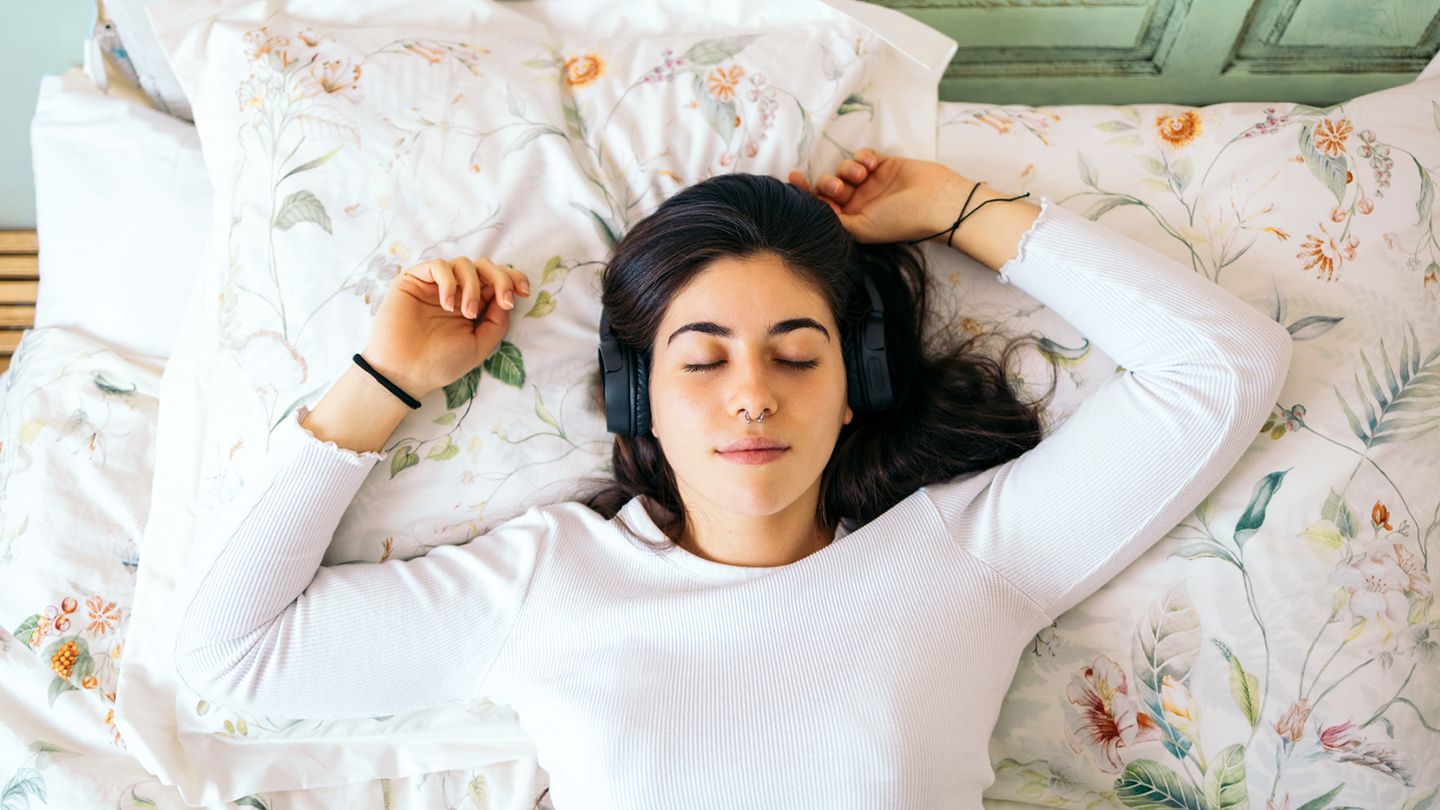As a result of the fact that maintaining consciousness when meditating is sometimes a difficult task, it should come as no surprise that mindfulness has been shown to promote good sleep. Sitting still and taking deep breaths is not exactly a thrilling activity. One may even say that it is relaxing. However, it is not the whole account.
Nonjudgmental awareness, or perceiving things precisely as they are, with openness and curiosity, is something that may be encouraged via the practice of mindfulness. Similar to the practice of meditation, it is simpler to say goals than it is to really carry them out.
If you have a heavy hand, neither your sleep habits nor your mindfulness practice will react well to it. If you make it a goal to put yourself to sleep, you will have a lower chance of really falling asleep. When you meditate, if you try to achieve a picture-perfect state of mind, you will just end up creating additional tension and uncertainty for yourself. Sleep and mindfulness are both more likely to follow if you prepare yourself with clear-sighted preparation and patient resolve—intentionally but unforced—and if you set yourself up with these things.
A Guided Meditation for Better Sleep

When contemplating any kind of meditation that is associated with sleep, it is important to keep in mind that there is nothing that can be forced or made to occur. Due to the fact that striving makes it more difficult to sleep, you should make it a point to practice without any particular expectations or objectives. Despite the fact that we are unable to force ourselves to sleep, it is possible that we may fall asleep regardless if we make it a goal to be calm and less preoccupied with our thoughts.
We will not have an ending bell or instructions for the meditation that is going to take place after this. If you want to continue practicing after the conclusion, you may do so, but if you want to, you should try to get a good night's sleep instead.
- Start while lying down, Allow your legs to rest in a comfortable position, hip-width apart. You may rest your arms at your sides or your hands on your tummy.
- Begin by noticing your breath. Pay attention, as best as you’re able to the physical movement related to breathing, such as your belly rising and falling. Or, if you prefer, focus your attention more closely on the air moving in and out of your nose and mouth.
- It’s normal, expected even, to have thoughts—There are a lot of them.Your mind rehashes the day or becomes preoccupied with thinking about tomorrow. Recognize your habits, and then practice letting them be. Label anything catches your attention, then return to watching the breath. Breathing in and out.
- Notice if you get caught up in effort, Replace your irritation or worry with compassion for yourself. Catch thoughts of self-criticism or dissatisfaction, then return to simply one breath, one more time. Thoughts are only thoughts. Breathing in, breathing out. There is nothing to correct or alter right now. Observe where your thoughts travel and name them "thoughts." Repeatedly return to the next breath.
- Shift attention to sensations in your body. Start by moving your awareness to physical sensations in your feet. You don’t need to wiggle your toes or move your feet, just notice them—the temperature or the pressure of your heel against the blanket or the mat beneath you.
- From your feet, move your attention into your lower legs, Observing everything there is to see. Allowing yourself to let go of the urge to exert effort or accomplish something. Then go from your lower thighs to your knees, and finally to your upper legs. If you feel any stress or strain, try to relax and let go.
- Then move your attention through your buttocks and pelvis, and into your belly and abdomen. You may feel your breath going up and down, as well as other bodily sensations and, on sometimes, a reflection of emotion. And, as you proceed from your belly to your chest, take notice of any times your mind becomes preoccupied with feelings of discomfort or distraction. And then, softly and patiently, guide it back one more time.
- Move around into your back, certainly a place many of us hold tension in different ways, relaxing your muscles as best as you’re able, lowering your shoulders from your ears. If you feel a need to make an adjustment, allow that to happen with intention, pausing and choosing your next action. Shift your attention into your hands and lower arms, again without actively needing to move or change anything, observing and letting go.
- Then moving through your neck and into the muscles of your face, perhaps noticing any locations of tightness or pinching, and then with gentleness, as best as you’re able, relaxing those muscles. And then for a few moments, have a general awareness of physical sensations throughout your body.
- And now, if you’re still awake, bring your attention back to the breath, each time the mind wanders into the past or into the future, or wherever it chooses to go. If it’s a useful anchor for your attention, you can count breaths, breathing in, one, breathing out, one, breathing in, two, breathing out, two… When you reach ten, start at one again.
- If counting becomes a distraction, then just stay with the sensation of breathing—at the exact spot where you feel your abdomen and chest expand and contract in response to your breath. Now you're on your own to keep going, counting breaths to 10 and coming back to the present moment calmly whenever distractions arise. No worries if you happen to lose track of the number. Return to the point where you last had an experience.

